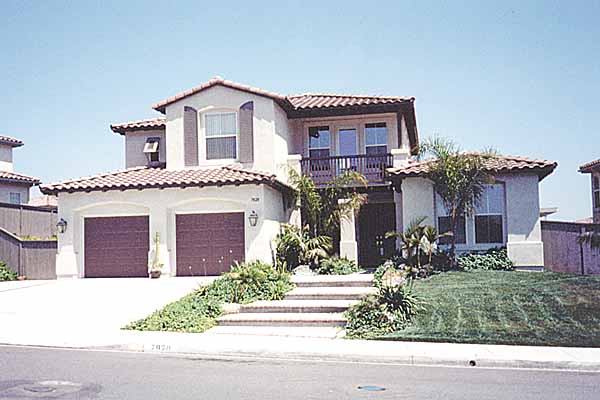FLIP
When executed successfully, a property flip can yield substantial profits for the investor, making it an attractive strategy within the real estate market.
Key Considerations for Property Flipping
Market Analysis
Before engaging in a property flip, investors must conduct thorough market research to identify areas with favorable conditions for quick resale at a higher price. Understanding market trends, demand-supply dynamics, and potential buyer preferences is crucial for a successful flip.
Renovation and Enhancement
A key aspect of property flipping involves strategic renovations and enhancements to increase the property's value. This may entail cosmetic improvements, structural upgrades, or modernization efforts aimed at maximizing the property's appeal to potential buyers.
Financial Planning
Property flipping requires careful financial planning, encompassing the initial purchase cost, renovation expenses, holding costs, and the potential for unforeseen contingencies. Investors must also have a clear understanding of the target resale price and the timeframe within which they aim to sell the property.
Conclusion
Conclusion
Property flipping, with its potential for lucrative returns, remains a popular investment strategy within the real estate industry. However, success in property flipping hinges on meticulous market analysis, astute financial planning, and strategic property enhancement. By leveraging market insights and employing effective renovation strategies, investors can capitalize on property flips to generate substantial profits within the dynamic landscape of real estate transactions.
MORE REAL ESTATE TERMS
A, B, C, D, E, F, G, H, I, J, K, L, M, N, O, P, Q, R, S, T, U, V, W, X, Y, Z
Featured New Home

Featured Mortgage Brokers
- MOVEMENT MORTGAGE LLC, RICHMOND, VA
5014 MONUMENT AVE
RICHMOND, VA 23230 - FINANCIAL FREEDOM ACQUISITION LLC, IRVINE, CA
1 BANTING
IRVINE, CA 92618 - NEIGHBORS FINANCIAL CORP, SACRAMENTO, CA
2831 G ST STE 200
SACRAMENTO, CA 95816 - PRIMELENDING A PLAINSCAPITAL COMPANY, GLEN ALLEN, VA
4198 COX RD STE 113
GLEN ALLEN, VA 23060 - SYNOVUS MORTGAGE CORP, ROSWELL, GA
10446 ALPHARETTA ST
ROSWELL, GA 30075